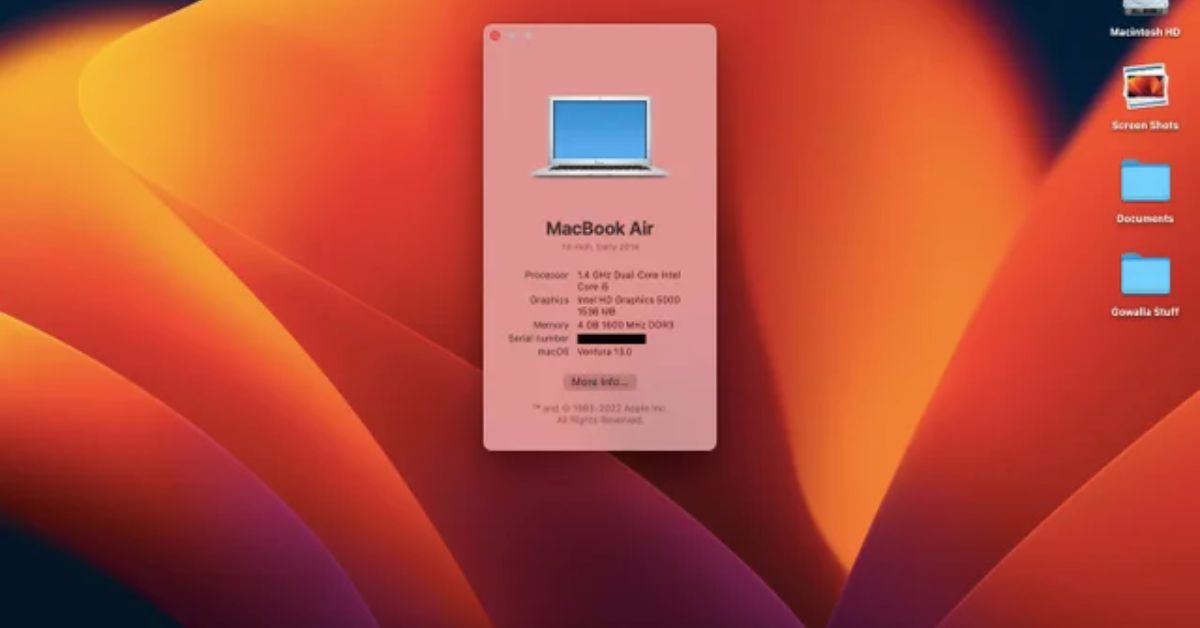In macOS Ventura, you can no longer set a time for your Mac to shut down or restart. Read on to find out how to schedule power management on the newest Mac operating system from Apple.
Putting your Mac to sleep, waking it up, or restarting it at a certain time can be helpful in a number of ways. Maybe you’d rather not have to turn off your Mac at the end of the day. Or maybe you like to restart your computer once a week to clear out any leftover junk from tasks you’ve already done.
In older versions of macOS, it was easy to set up a schedule like this to run on its own. You just had to go to the Energy Saver/Battery panel in System Preferences and use the interface options to set a custom schedule. Apple changed System Preferences to System Settings for macOS Ventura, which is why these options are no longer in the graphical interface.
It isn’t clear why Apple took these options out of System Settings, but they are still there. The good news is that you can still set a time for your Mac to shut down, sleep, wake up, or restart in macOS Ventura. It’s not as easy as it used to be, which is bad news.
How to Schedule Mac OS X Ventura Power Management?
In Ventura, you have to use the command line to schedule waking, sleeping, rebooting, and shutting down. If you’re comfortable using Terminal (/Applications/Utilities/Terminal.app), you can combine various arguments to set a schedule using the “pmset” command.

How to Schedule Shut Down, Restart, and Boot/Wake in macOS Ventura
The pmset command recognizes the day, date, and time, using the MM/DD/YY format for date, and HH:MM:SS for time. So for January 10, 2024 at 7:00am you would use 1/10/24 07:00:00. You can also specify days of the week using the following letters:
- Monday is M
- Tuesday is T
- Wednesday is W
- Thursday is R
- Friday is F
- Saturday is S
- Sunday is U
Now, let’s look at some scheduling options, how to see an active schedule, and how to remove scheduling settings.
Related
- How To Connect Airpods To A Chromebook? (Complete Guide 2023)
- How To Recover Deleted From SD Card on Mac?
Schedule Your Mac to Turn On or Wake From Sleep
To set your Mac to wake up or start-up every Monday through Friday at 7 a.m., you would enter:
sudo pmset repeat wakeorpoweron MTWRF 07:00:00
Note that the “sudo” command tells Terminal to run the executable with administrative rights. Your Mac may ask you for your password before running the rest of the command.
Schedule Your Mac to Shut Down
To schedule your Mac to shut down each weekday at 7pm, you would input:
sudo pmset repeat shutdown MTWRF 19:00:00
Schedule Your Mac to Restart
To schedule your Mac to reboot every day of the week at midnight, you would input:
sudo pmset repeat restart MTWRFSU 00:00:00
View the Currently Active Schedule
To view the currently active schedule, you can use the following command (this can also be useful if you just want to double-check a schedule you just set up):
pmset -g sched
Clear the Currently Active Schedule
If you want to clear the current power management schedule for your Mac, use the following command:
sudo pmset repeat cancel
Will the panel that saved energy be back?
Apple didn’t add these power management options to the new System Settings interface in Ventura for whatever reason, and it’s unlikely that they will come back in a future update since they haven’t been there since the first beta. The best thing that could happen is that they come back in macOS 14, which is expected to come out in late 2023.
Stay tuned to our website NogMagazine.com for more related updates.